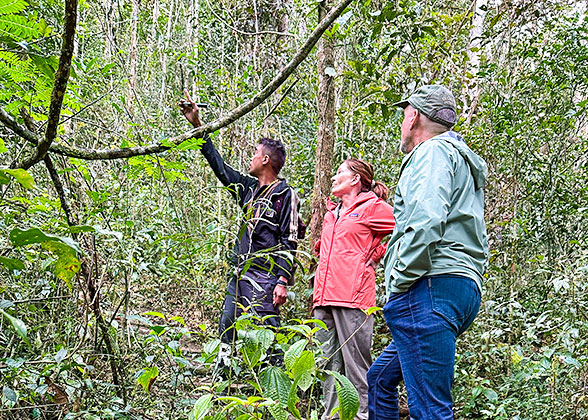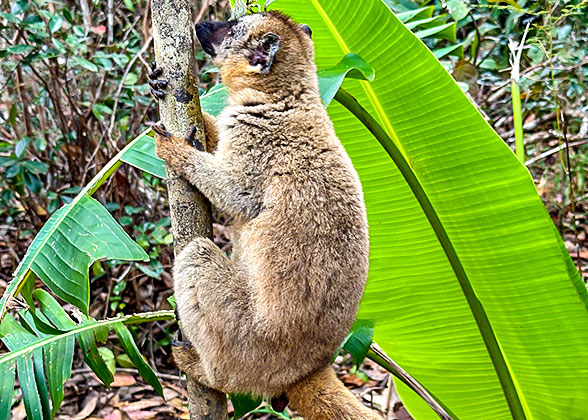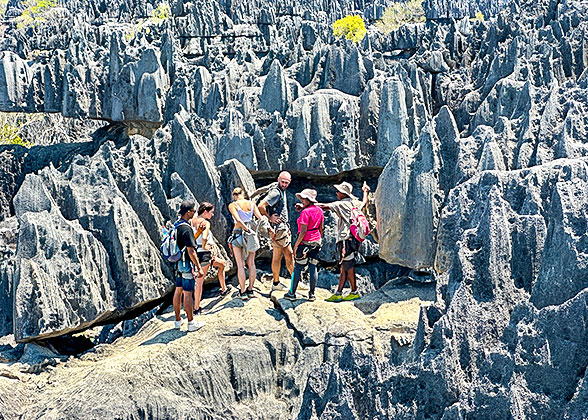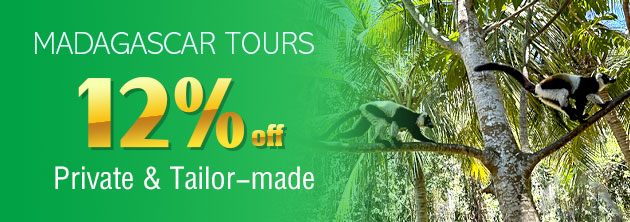Best Time to Visit Ranomafana
Best Time to Visit Ranomafana 2025: May to October

|
Located in the southeast part of Madagascar, Ranomafana has a tropical rainforest climate with warm and hot temperatures throughout the year. The rainfall here varies somehow. The dry season from May to October is the best time to visit it, when there are about 10 to 14 rainy days per month on average, offering relatively good weather conditions for hiking and viewing animals in rainforests. While in the rainy season from November to April, rainy days in each month total 15 to 20 days on average and make visibility poor and road muddy, unsuitable to hike.
![]() See also: Ranomafana Weather
See also: Ranomafana Weather
Best Time to View Lemurs in Ranomafana National Park

Active Lemur in Ranomafana National Park
|
Best Time to View Ring-tailed Mongooses
The ring-tailed mongoose is another variety of Madagascan endemic animal living in the Ranomafana National Park, and it has a tail featuring staggered reddish-brown and black rings. The mating season of this animal lasts from April to November, and babies are born between August and February.Best Time to View Chameleons in a Day
In a day, the night period is the best time to view chameleons. During a night tour in the park, a flashlight is usually used, and chameleons are easier to be found through the artificial light due to its stronger light reflection on chameleons’ skin. Besides, temperatures at night are lower, and some chameleons will move to the roadside to keep warm through heat of the ground.Ranomafana Travel Advice

Endemic Lizard in Ranomafana NP
|
2. To photograph animals in the Ranomafana National Park more clearly, it’s advisable to bring a camera with a long-focus lens and avoid using flash.
3. In Ranomafana, there is a public swimming pool which both locals and tourists like to swim in. You can consider adding it into your itinerary. But every Wednesday, the swimming pool closes for cleaning.
4. Ranomafana is also famous for its hot springs, and you can book a hot spring bath at the reception of Hotel Thermal. After hiking in the day, you can enjoy a hot spring bath to relieve your fatigue, even in the late evening.
November to April: Least-picked Rainy Season
Fewer tourists choose to visit Ranomafana in its rainy season between November and April. High rainfall on 15 to 20 rainy days per month on average causes roads in the national park to be slippery and also brings high humidity above 80%. Some people may feel uncomfortable in humid weather.




